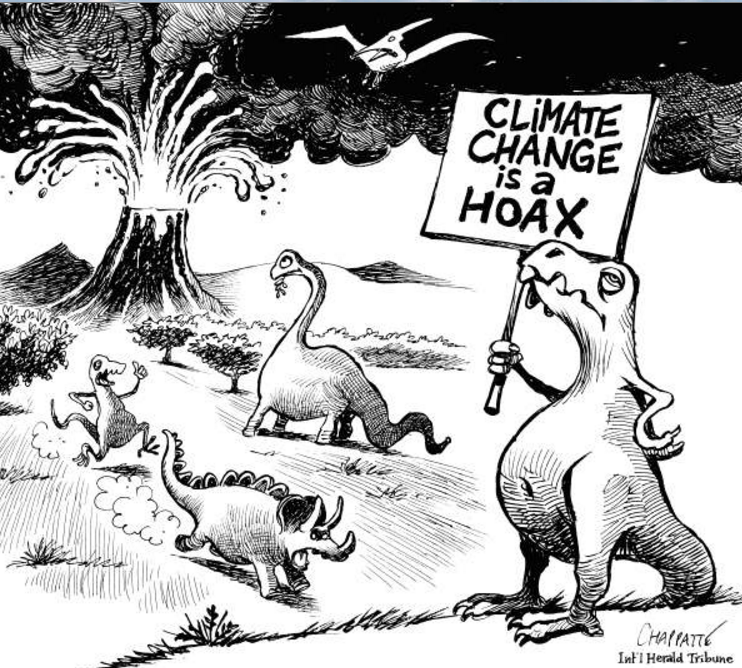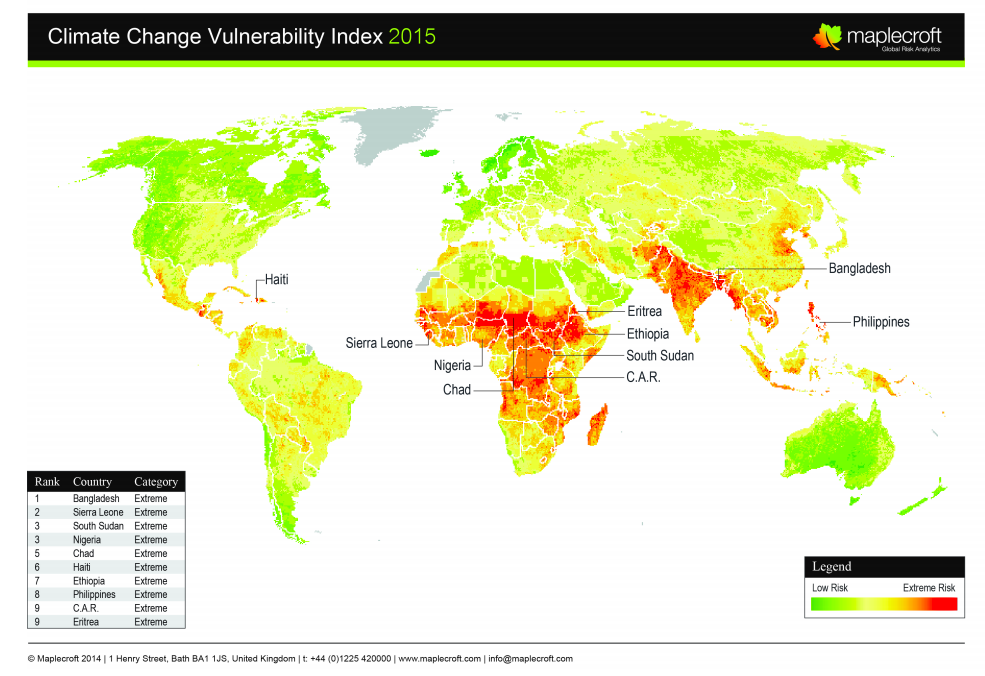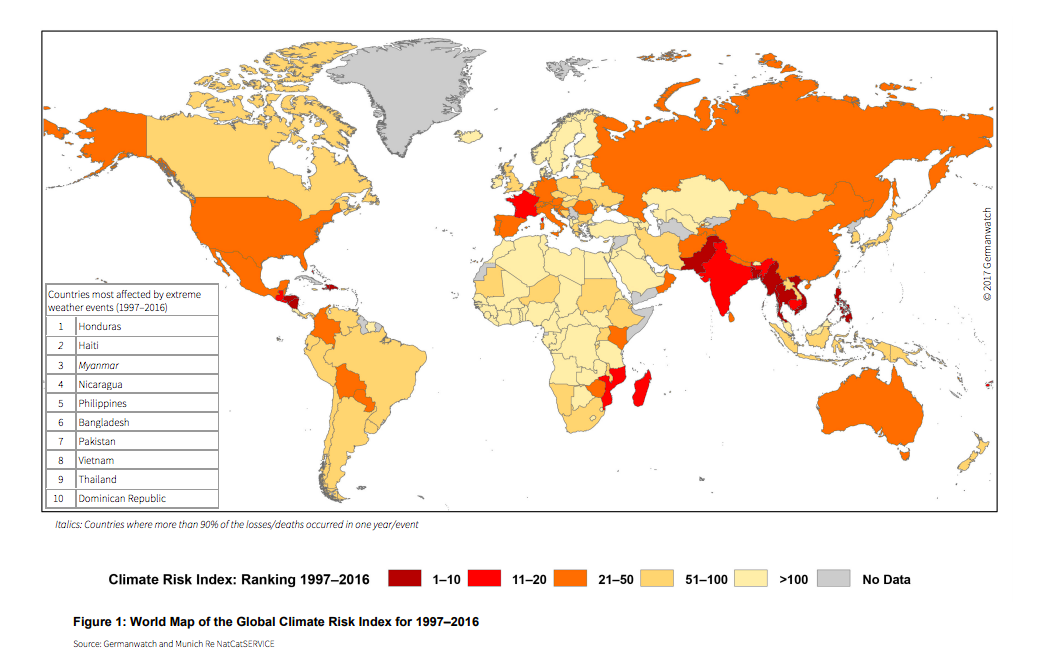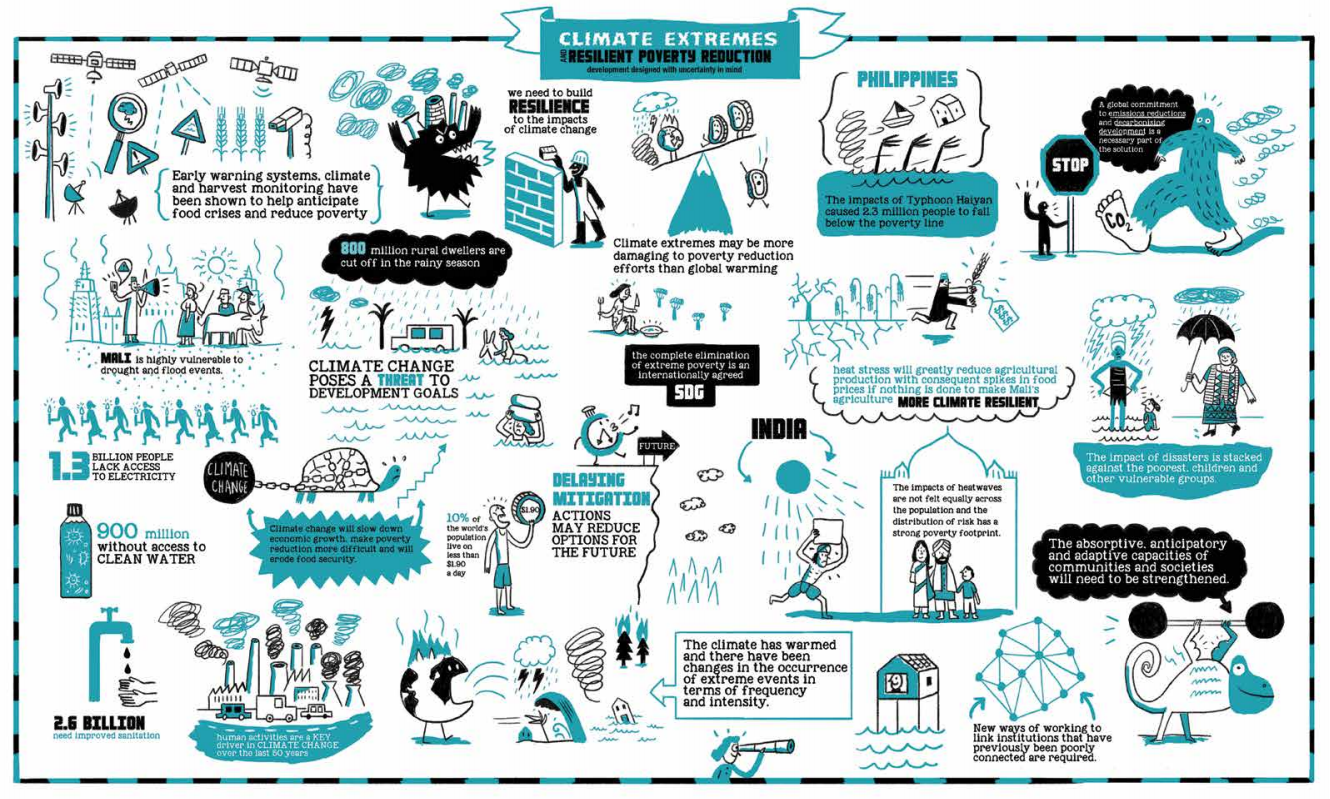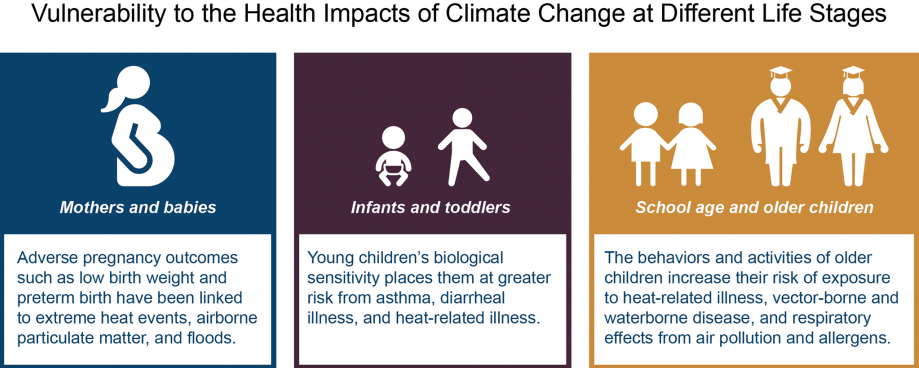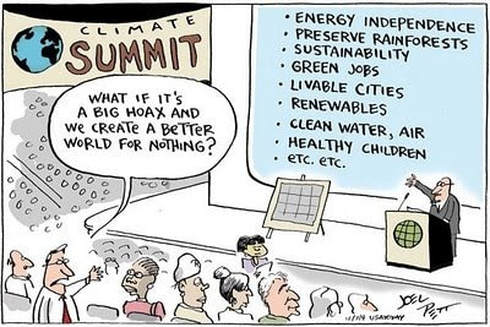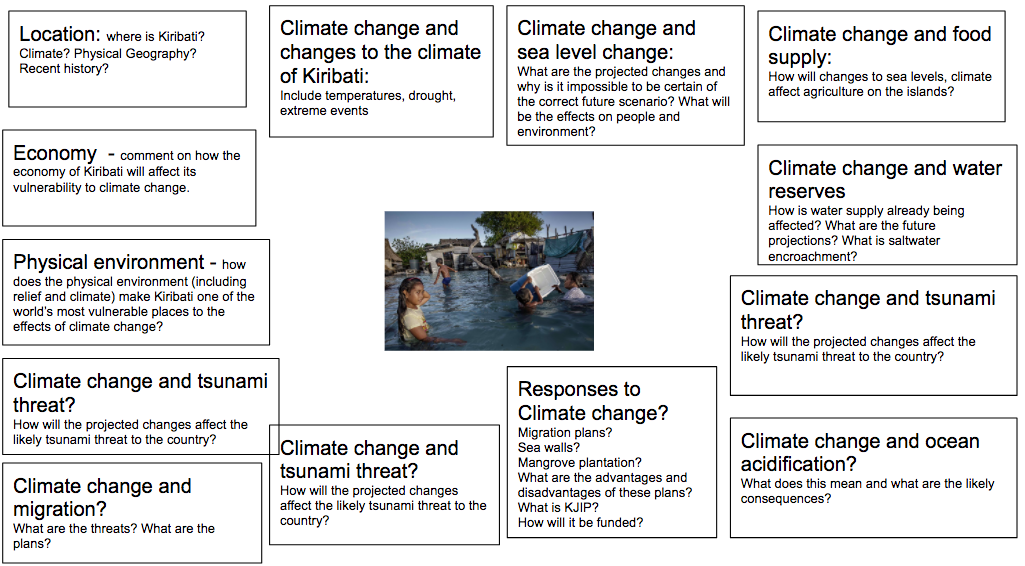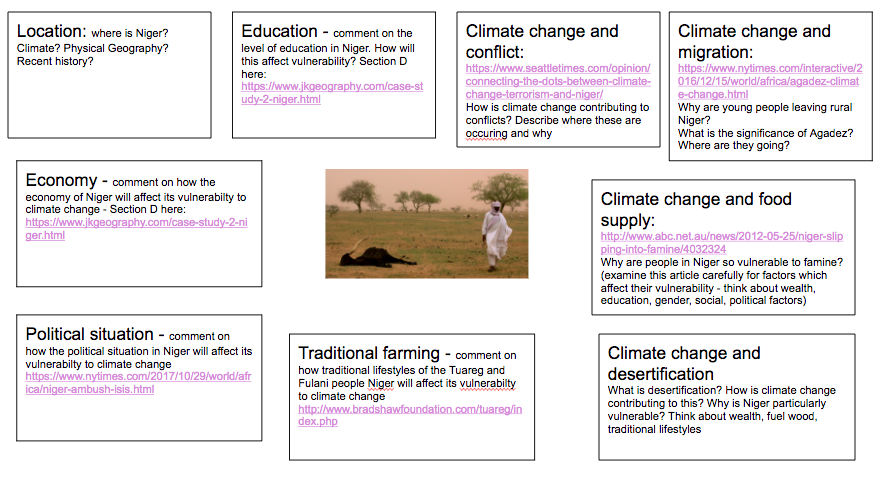-
MYP
- Home
-
IGCSE
- Course information
-
Physical: Hazardous environments
>
- Distribution of tectonic hazards
- Causes of tsunami
- Measuring earthquakes
- Earthquake case study 1: Haiti
- Earthquake case study 2: Christchurch
- Why do earthquakes do more damage in LICs than in HICs?
- How are volcanic eruptions measured?
- Tropical storms - distribution
- Causes of tropical cyclones
- Tropical cyclones - case study
- Why live in hazardous areas?
-
River Environments
>
- Hydrological cycle
- River basins
- Factors affecting river regimes
- Fluvial processes: erosion
- Fluvial processes: weathering and mass movement
- Fluvial processes: transportation and depositon
- River features and their formation
- How rivers change from source to mouth
- Uses of water
- Water pollution
- Water supply
-
IBDP
-
Changing population
>
- Global patterns of economic development
- Physical and human factors affecting global population distribution
- Case study 1: China
- Case study 2: Niger
- Demographic transition
- Megacity growth
- Forced migration and internal displacement
- Ageing populations
- Pro-natalist and anti-natalist policies
- Gender equality policies
- Trafficking policies
- The Demographic Dividend
-
Global climate vulnerability and resilience
>
- Atmospheric system
- The energy balance
- Changes in the energy balance
- The enhanced greenhouse effect
- Climate Change and the Hydrosphere, Atmosphere and Biosphere
- Impacts of climate change on people and places
- Disparities in exposure to climate change risk and vulnerability
- Government-led adaptation and mitigation strategies
- Civil society and corporate strategies
-
Global resource consumption and security
>
- Progress towards poverty reduction
- Measuring trends in global consumption
- Global patterns and trends in the availability and consumption of water
- Global patterns and trends in the availability and consumption of land/food
- Global patterns and trends in the availability and consumption of energy
- Water food and energy nexus
- Recycling and waste
- Malthus vs Boserup
- Resource Stewardship strategies
- Sustainable Development Goals
-
Freshwater - drainage basins
>
- The drainage basin as a system
- How rivers change from source to mouth
- River discharge
- River processes
- River landforms
- Factors affecting flood risk
- Attempts at flood prediction
- Flood mitigation
- Flood mitigation case studies
- Water scarcity
- Agricultural activities and water quality
- Pressures on lakes and aquifers
- Internationally shared water and conflict
- Water management: participation of local communities
- Dams as multi-purpose schemes
- Water management: Integrated Drainage Basin Management (IDBM)
- Managing wetlands
-
Leisure, Sport and Tourism
>
- Growth and purpose of leisure time
- Categories of tourism and sport
- Economic development and participation
- Factors affecting personal participation
- Factors affecting growth of tourism hotspots
- Spheres of influencee
- Factors affecting a national sports league
- Festivals
- Niche national tourism strategies
- Role of TNCs
- Tourism as a national development strategy
- International sporting events
- Consequences of unsustainable growth
- Sustainable tourism
- Future international tourism
- Political and cultural influences on sport
- Extended Essay in Geography >
- Skills/concepts >
-
Changing population
>
- Geography and ToK
- Theory of Knowledge
Subject guide
Disparities in exposure to climate change risk and vulnerability, including variations in people’s location, wealth, social differences (age, gender, education), risk perception
- Detailed examples of two or more societies with contrasting vulnerability
1. Vulnerability
Vulnerability refers to the degree to which people or the things they value are susceptible to, or are unable to cope with, the adverse impacts of climate change. Thus, vulnerability determines how severe the impacts of climate change might be.
There are three dimensions of vulnerability to climate change: exposure, sensitivity, and adaptive capacity.
Some groups of people are inherently more vulnerable to climate change than others. The very old or very young, the sick, and the physically or mentally challenged are vulnerable. Disadvantaged groups, such as minorities, those with few educational opportunities, or non-English speakers are more vulnerable than the majority, better-educated, English-speaking population. Women, who typically spend more time and effort on care-giving to parents, children, and the sick than men do, are more vulnerable because that care-giving exposes them more to the impacts of climate change. More vulnerable groups often combine these categories, such as the poor—who can be old, minority, non-English speaking, and female, for example. Another example of a particularly vulnerable group is the single-mother household, which can be headed by a poor woman of color who is responsible not only for caregiving, but also for providing the family income.
There are three dimensions of vulnerability to climate change: exposure, sensitivity, and adaptive capacity.
- Exposure is the degree to which people and the things they value could be exposed to climate variation or change;
- Sensitivity is the degree to which they could be harmed by that exposure; and
- Adaptive capacity is the degree to which they could mitigate the potential for harm by taking action to reduce exposure or sensitivity.
Some groups of people are inherently more vulnerable to climate change than others. The very old or very young, the sick, and the physically or mentally challenged are vulnerable. Disadvantaged groups, such as minorities, those with few educational opportunities, or non-English speakers are more vulnerable than the majority, better-educated, English-speaking population. Women, who typically spend more time and effort on care-giving to parents, children, and the sick than men do, are more vulnerable because that care-giving exposes them more to the impacts of climate change. More vulnerable groups often combine these categories, such as the poor—who can be old, minority, non-English speaking, and female, for example. Another example of a particularly vulnerable group is the single-mother household, which can be headed by a poor woman of color who is responsible not only for caregiving, but also for providing the family income.
The concept of resilience is important to understanding adaptive capacity to climate change. Resilience refers to the ability of a human system to withstand contemporary shocks and to anticipate and plan for future shocks. Resilient systems have the ability to learn from past experiences and to use that knowledge when confronting problems. Systems with high adaptive capacity are therefore resilient and able to reconfigure themselves to deal with climate change. Systems with low adaptive capacity are much less resilient and much more vulnerable to climate change.
From https://www.e-education.psu.edu/geog438w/node/252
2. Reading
- How does the CCVI calculate a score from 1 to 10 in order to determine vulnerability to the impact of climate change? Give examples of countries (and their scores) at both ends of the scale. (p189). What are the similarities and differences between the CCVI and the CRI? Which do you think is the better measure of vulnerability? Why?
- The UNDP states that “99% of the casualties from climate change will be in developing countries”. Explain how the following demographic groups within those countries will be disproportionately affected by climate change: (p195)
- Poorer people (3 reason)
- Women (8 reasons)
- Old people (2 reasons)
- Children (1 reason)
- What is “risk perception”? (p197)
- Explain how the climate change controversy influences risk perception. Describe 4 general factors that affect general risk perception. (p198 - also see the RLS in the Geography and TOK section).
3. Climate change and location
Questions to consider:
- What is the pattern shown in the CCVI and the CRI? What are the similarities? Why are they different? (refer back to reading).
- Why are there so many different methodologies for examining the risk to a particular location?
- What are the factors that are connected to location which affect the extent to which populations are vulnerable to climate change (SEEP)?
- What do they all have in common in terms of overall conclusions?
4. Climate change and wealth
- Why are poorer people more vulnerable to climate change?
- Why are the poorer people more vulnerable within countries?
- Why are poorer countries more at risk?
|
|
|
| climate_change_and_inequality_the_economist.pdf | |
| File Size: | 282 kb |
| File Type: | |
5. Climate change and age
Why are older people and children more vulnerable to climate change?
6. Climate change and gender
- Why are women more vulnerable than men to the effects of climate change?
- Do you believe that this is true in High Income Countries as well as Low Income Countries?
|
|
|
| pb1-ap-overview-gender-and-climate-change.pdf | |
| File Size: | 1050 kb |
| File Type: | |
| undp_linkages_gender_and_cc_policy_brief_1-web.pdf | |
| File Size: | 408 kb |
| File Type: | |
7. Climate change and education
- What are the roles of both formal and informal education in affecting how prepared an individual or community will be to the effects of climate change?
| 233083e.pdf | |
| File Size: | 9503 kb |
| File Type: | |
8. Climate change and risk perception
|
What is it?
Why is risk perception important? How do you rate your own perception of the risks from climate change? Can you explain this using the factors which affect risk perception? Factors affecting risk perception:
|
CASE STUDY 1 - Kiribati
Use the textbook for this case study.
